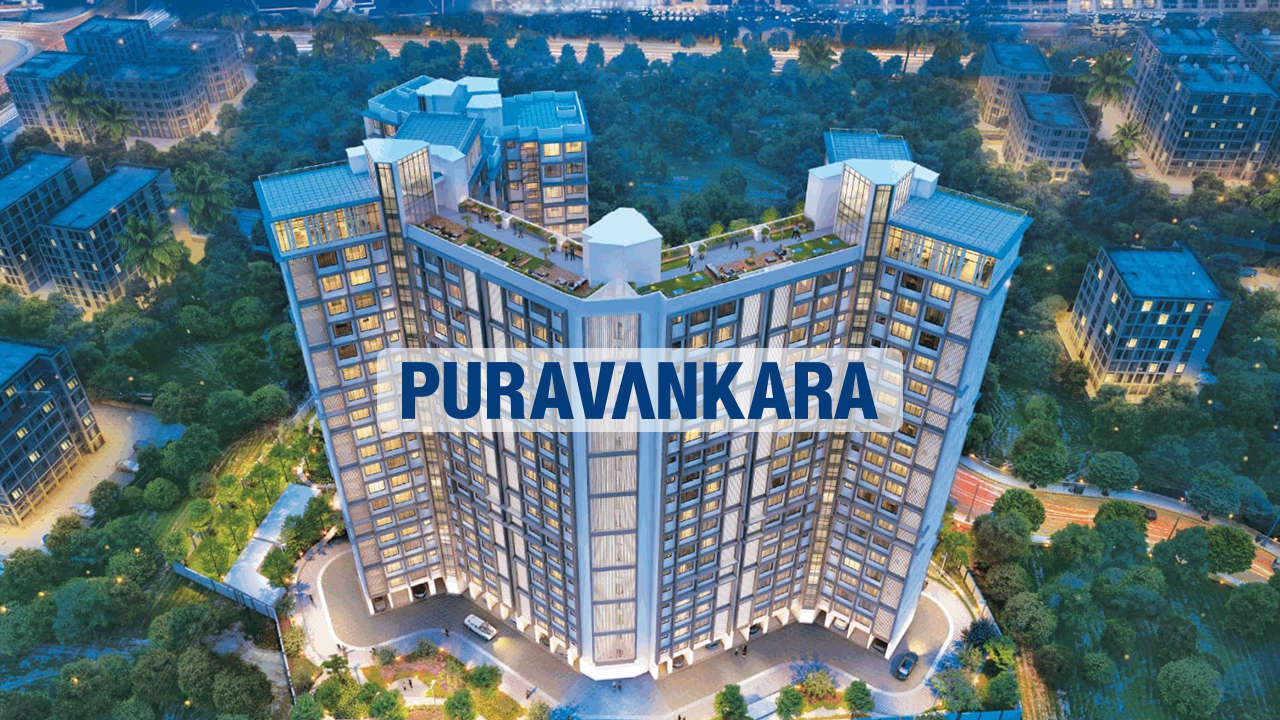Published
2 years agoon

The pandemic has been a catalyst for changing customer behaviour and preferences. The work-from-home scenario triggered the need to create a niche space allowing for an office set-up at home and adoption of remote working technology to a greater extent. The demand for more spacious homes arose, with expectations of living in serene, peaceful and non-urban settings giving an impetus to a new class of real estate comprising plotted developments like bungalows, villas, etc. Hence, this accentuated the need for larger quality living spaces. Overall, 2021 saw a significant shift in customer buying patterns and homeowner aspirations.
As many employees return to office in 2022, the housing market will witness an upward trend in the next few years despite rising interest rates and increasing property prices. The hybrid work mode led to a skilled workforce migration to satellite cities, which has further fuelled demand in these cities. Affordability with good connectivity and access to lifestyle amenities remained considerations in the consumer purchasing decision. The need among homebuyers to upgrade to larger living spaces and opt for convenience-led amenities that elevate their lifestyle continues to be a trend, especially among the age group of 35-45 years.
Millennials, a relatively new age group that has entered the market, are now in favour of having their own house instead of renting one. The share of millennials in the total sales of Puravankara has gone up from 8-9% per annum to 18-19% last year. This trend is going to continue further during the upcoming festive season.
Large developers focused on a pipeline of ready-to-move-in inventory in 2022. The second half of the year witnessed sales volumes hitting a six-year high as low-interest rates and home prices drove the growth. Premium housing units priced Rs 1 crore and above were in demand due to the home buyers’ need to upgrade to larger living spaces with better amenities. The mid-to-high-end segment units accounted for 79% of the total sales.
The outlook for 2022 and 2023 appears promising. The Indian economy is showing stability and resilience. The government’s focus on infrastructure projects such as airports, roads and train networks will help the growth further and create employment. It will result in further demand for homes in the country. The real estate sector is well-poised to ride this positive momentum, backed by a portfolio of quality projects, sound economic fundamentals and strategic plans of developers driven by competent teams.
The residential market remained undeterred by the Omicron wave in early 2022 as the industry registered strong sales and launch volumes in H1 of 2022. The strong momentum in new launches indicates a strengthening of developer confidence and a steady improvement in buyer sentiment.
Growth Drivers
Various factors are driving the growth of the residential real estate sector this year.
Organised players, especially, have been able to meet the evolving needs of the buyers by offering bespoke amenities, a diverse array of asset classes and flexibility. The emergence of prop-tech and the advent of online booking platforms have been instrumental in making the home-buying process more seamless and accessible to a larger demographic.
Barring the volatile equity markets or the unregulated crypto-currencies, safer bets like bonds, FDs, and gold have failed to offer better returns to investors. Real estate has emerged as a safer and more lucrative investment option.
Many large real estate companies are launching new projects to tap the opportunity in the coming days. The upcoming festive season will witness a slew of new launches. For example, Puravankara is launching 16 million square feet of projects during the current fiscal, of which six million square feet each are from Puravankara and Provident, while four million square feet is under Purva Land. The new launches are coming up in Bengaluru, Chennai, Coimbatore, Mumbai, Pune, Kochi and Hyderabad in the next two quarters.
Puravankara has also introduced several measures to encourage new customers to enter the market. For instance, the company offers a reduced home loan rate of 3.99% and a 2-5% rebate on prices and flexible payment terms for a limited period.
The new launches in the coming days include Purva Windermere (Phase III) in Chennai, an unnamed project in Mumbai, Purva Zenium (phase II), Purva Park Hill, a project in HSR Layout in Bengaluru, and three projects under the Provident brand in Bengaluru, Chennai, and Pune.
The property developers have started focusing more on larger homes and plotted developments with ancillary amenities. Purva Land, the plotted development arm of Puravankara, is set to launch two projects, Hibiscus in Coimbatore and Amaya in Chennai.
Challenges
However, the industry is facing several challenges. They are rising raw material costs and possible negative implications of the Russia-Ukraine war, considering that both countries cumulatively account for around 10% of the global steel trade. Russia is also a significant producer of aluminium and nickel. It may lead to a further rise in construction costs.
Higher inflation and rising interest rates following an increase in repo rates by the Reserve Bank of India have compounded the challenges. Property prices have also increased since the beginning of 2022, which could impact sales this year.
The first half of 2022 has already seen a price rise of 3-9% year-on-year across all markets. Specific markets like Mumbai, NCR and Bengaluru have witnessed price growth of 6-9% in this period. To attract buyers, builders have resorted to offering value additions such as better-finished or furnished apartments.
Further rate hikes by the RBI may impact housing demand and dampen the property market to some extent in the coming days.
However, possessing decades of experience in steering through the macroeconomic and industry environment, Puravankara Limited has the wherewithal to continue on the journey for shared value creation.

